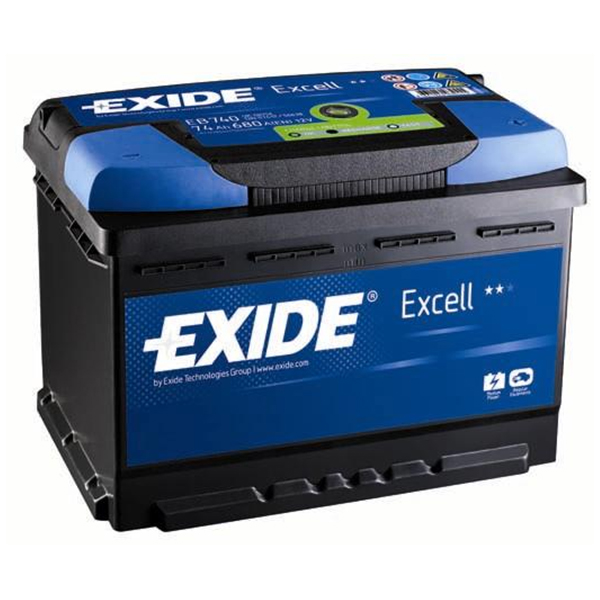Your vehicle’s battery is not very demanding, and most often only thought about when it fails. But just a small amount of care and maintainence will help insure it doesn’t let you down when you need it most.
Lack of battery care and maintenance combined with cold weather has a way of bringing out the borderline batteries that were fine in the summer, but don’t have the power for a cold weather start. And not just winter, battery care and maintenance is a year round requirement. You want to catch a bad battery before it lets you down, usually on one of the coldest days of the year.
Testing and maintaining a battery is fairly simple and only requires a few basic tools. If you only think about your battery once a year, fall would be a good time to go outside and spend some quality time with your battery.
IMPORTANT SAFETY NOTE: Before you do anything with a battery, you need to wear eye protection and keep any open flames away from the battery. This includes cigarettes and other smoking products. Batteries produce hydrogen gas that is extremely flammable. Batteries contain sulfuric acid so I would also recommend wearing latex gloves to keep battery acid from burning your hands.
Testing the Battery
- Tools.
If you hav e a non-sealed battery, it is highly recommended that you use a good quality temperature compensating hydrometer. There are two basic types of hydrometers, the floating ball type and a gauge type. Personally, I prefer the gauge type. They are, I think, much easier to read and I don’t have to stand there trying to decipher colored balls. Battery hydrometers can be purchased at an auto parts or battery store for less than $20.00.
To test a sealed battery or to troubleshoot a charging or electrical system, you will need a digital voltmeter with 0.5% (or better) accuracy. A digital voltmeter can be purchased at an electronics store, such as Radio Shack, for less than $50.00. Analog (needle type) voltmeters are not accurate enough to measure the mill volt differences of a battery’s State-of-Charge or measure the output of the charging system. A battery load tester is optional.
- Inspect The Battery.
Look for obvious problems such as a loose or broken alternator belt, low electrolyte levels, a dirty or wet battery top, corroded or swollen cables, corroded terminal mating surfaces or battery posts, loose hold-down clamps, loose cable terminals, or a leaking or damaged battery case. Repair or replace such items as required. Distilled water should be used to top off the battery fluid level.
- Recharge The Battery.
Recharge the battery to 100% State-of-Charge. If non-sealed battery has a .030 (sometimes expressed as 30 “points”) or more difference in specific gravity reading between the lowest and highest cell, then you should equalize the battery using the battery manufacturer’s procedures.


Leave a Reply